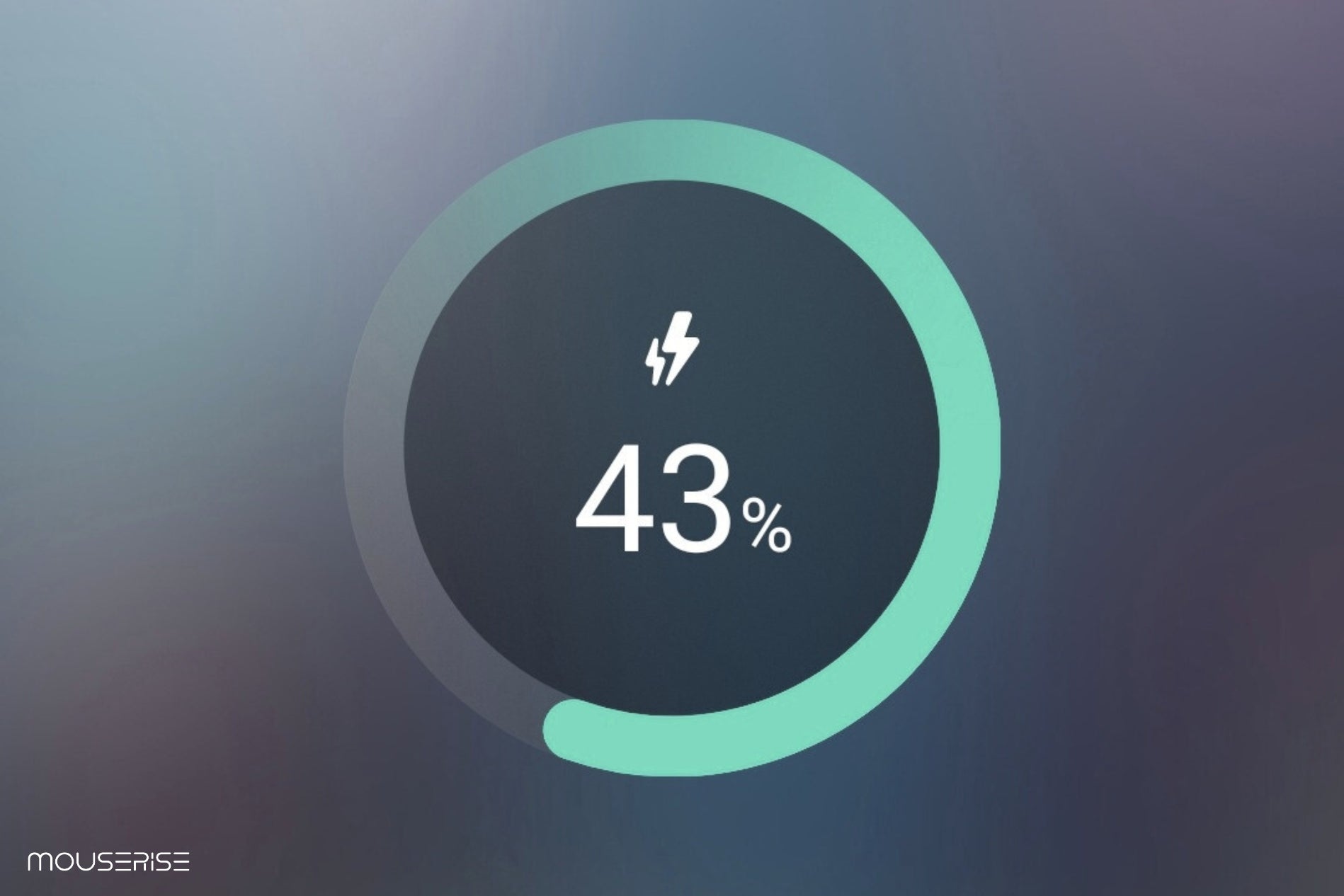 Understanding Fast Charging
Understanding Fast Charging
Nearly every recent phone on the market offers some type of fast charging as a phone feature. Manufacturers often throw out numbers like "50% or 80% in 30 minutes" or "a full charge in under an hour" in the marketing of their latest devices. The widespread adoption of fast charging is a response to increasing phone usage, with many people having to recharge their phones more than once per day. It's also a necessity!.
As phone sizes are getting bigger each year, they need bigger batteries to keep up with the added power consumption. Without fast charging, we'd have to wait hours and hours for our phones to top up.
It starts from the battery! As the technology in batteries improved, it lead to the development of better battery structure and performance with high charging and discharging powers and increased number of battery life cycles. This eventually lead to the development of faster charging and discharging circuits that can drive more power in and out of the battery safely. If we go back a decade we see smaller batteries with less capacities like 1000mAh-2000mAh and as the battery chemistry got better over the period we see batteries with same size but bigger capacities in the range of 3000mAh to 6000mAh which also means that batteries now can output high power as well as take it in for charge.

We can see a battery here as a water tank. The flow of water in or out depends on the size of the tap or pipe, by increasing the size of the pipe the flow of water increases, this will fill it faster and take less time than before. Same is the situation with the battery, but in terms of voltage and currents. If battery chemistry allows it to take in or give out high currents it will charge and dicharge faster than usual.
So basically, if you apply more power faster, the work will be done.
At the most basic level, fast charging is simply increasing the number of watts (W) that are delivered to a phone's battery. Current-generation devices typically have 15W power bricks right out of the box. Some manufacturers have 50W, 80W, and 100W chargers available.
Why go with fast charging?
The answers is simple, we’re all in a hurry and need things faster! Or say life is short and just because we are able to do things faster with the help of new machines we do it and want to be the part of the race!

Being able to fast-charge your phone is handy when you are on the move. Phones with standard charging will take two or three hours to go from 0% to 100% battery. But if it is capable of faster charging then why not? Move fast! Fast chargers can get you there in as little as 30 minutes.
But hold on! Here is another question in our minds.
Does it damage the phone’s battery?
It’s No and Yes!
First it’s NO, because fast chargers and systems did not get developed first, it was the battery technology that got developed and is getting developed enhancing the battery’s ability to take in and give out more power along with longer life span. This enabled manufacturers to go for faster charging designs by incorporating new battery technologies and smart battery charging and power management systems like charging with two way communication, overcharging cut-off, over discharging cut-off, temperature control, current and voltage control circuits that make it safe and efficient for charging phones faster for longer period of time.
And yes, under certain conditions, there are very small chances that the batteries will slowly get damaged with fast charging and more power. Battery tech has got better over the period, but we still can't say it is foolproof. Whenever a battery takes in current or gives out, there is heat generated in the process as a small fraction of the power is converted into heat, and this heat plays a major role in reducing the life of the battery after a certain number of charging cycles. Manufacturers are investing more to overcome these small flaws, but for now, they have solutions for reducing the problem by developing stronger algorithms and battery management systems, along with software improvements.
 Tips and tricks to know about fast charging.
Tips and tricks to know about fast charging.
Fast charging is a convenient way to quickly top up your phone’s battery, but it’s important to use it wisely to avoid damaging your battery’s health in the long run. Here are some tips and tricks:
-
Use a proper fast charger: Not all fast chargers are created equal. Some cheap chargers may not be efficient and properly regulated which can damage your battery charging system. Make sure to use a proper, specified fast charger suggested by the manufacturer of your phone or a reputable brand.
-
Avoid charging your phone to 100%: It’s best to keep your phone’s battery between 20% and 85% charged. Charging to 100% and letting it drain to 0% can stress the battery and reduce its lifespan. Some phones have a options in the battery setting to limit the charging upto 80% to 85% this can extend you batteries life span.
-
Don’t use your phone while it’s charging: Using your phone while it’s charging can generate more heat, which can also damage the battery’s life. If you need to use your phone, try to keep it plugged in for as short of a time as possible.
-
Keep your phone cool: Heat is the enemy of battery health. Avoid charging your phone in hot environments, such as in direct sunlight or in a car on a hot day. If your phone gets hot while charging, unplug it and let it cool down before continuing.
-
Use a battery-saving mode: Most phones have a battery-saving mode that can help to extend the battery life. This mode typically reduces performance and disables some features, but it can be a good way to save battery life when you’re in a pinch.
-
Only use fast charging when you need to: Fast charging is convenient, but it’s not necessary for everyday use. If you have time, it’s best to charge your phone slowly.
-
Use the right cable. Not all cables are the same, Some cables may not be able to handle the high currents required for fast charging. Make sure to use a high-quality cable that is rated for fast charging.
-
Update your phone’s software. Phone manufacturers often release software updates that include improvements to battery management and fast charging. Make sure to keep your phone’s software up to date to get the most out of your battery.
-
Charge your phone in a well-ventilated area.
Troubleshooting common fast charging problems.
Here are some common fast charging issues and how to troubleshoot them:
-
My phone isn’t charging fast: Make sure that you’re using a certified fast charger and a high-quality cable. Also, make sure that your phone’s software is up to date.
-
My phone is getting hot while charging: This is normal to some extent. But if your phone is getting too hot, unplug it and let it cool down before continuing. You can also try charging your phone in a cooler environment.
-
My phone won’t charge at all: If your phone won’t charge at all, try using a different cable and charger. If that doesn’t work, there may be a problem with your phone’s charging port.



